Trauma Activation Vs. Stroke Code
The Trauma Pro
FEBRUARY 20, 2024
Medics call the receiving trauma center in advance to advise them that they have a stroke code. Stroke centers pride themselves on the speed of their stroke teams in assessing, scanning, and when appropriate, administering thrombolytics to resolve the problem. Trauma team or stroke team?


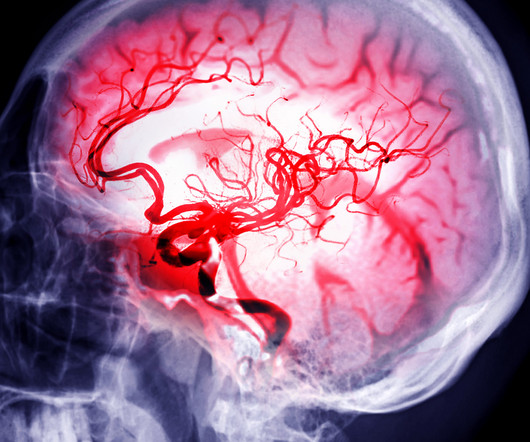




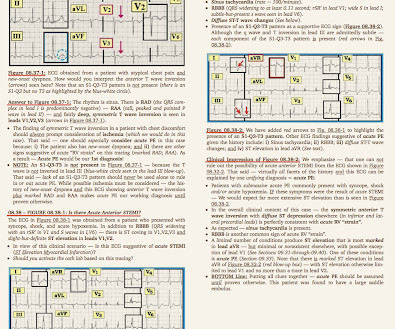



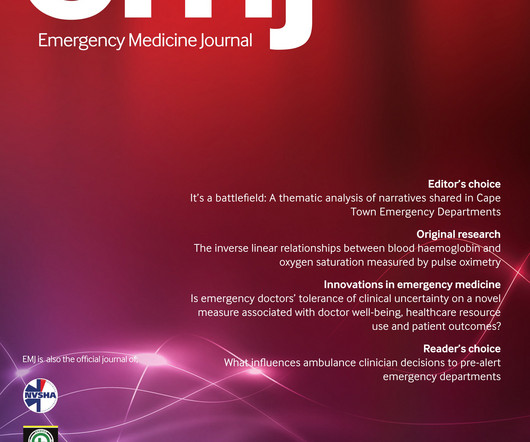









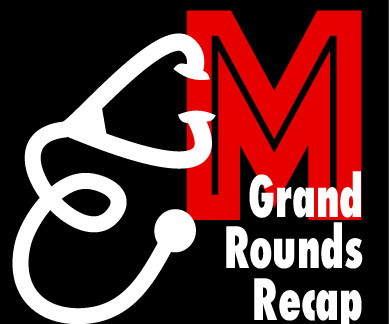



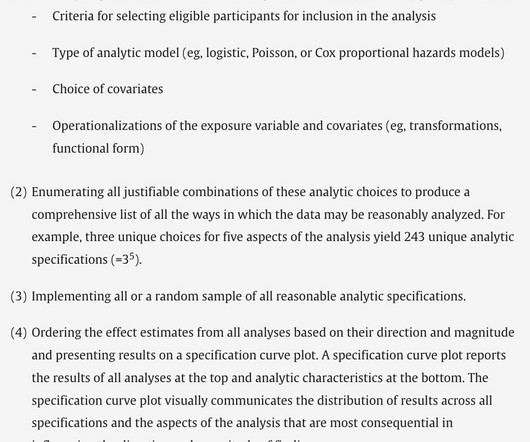



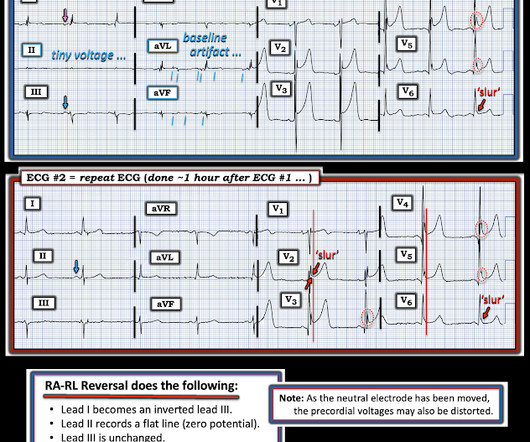





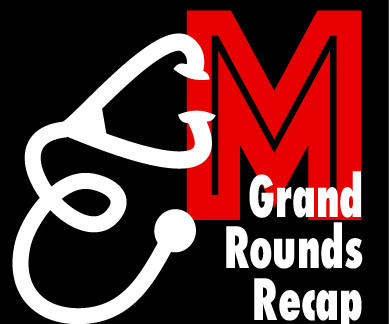






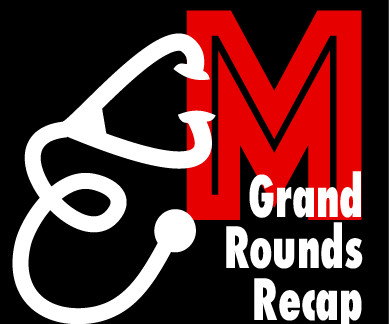
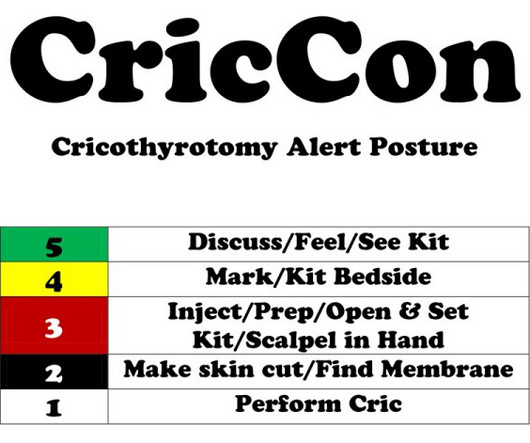







Let's personalize your content